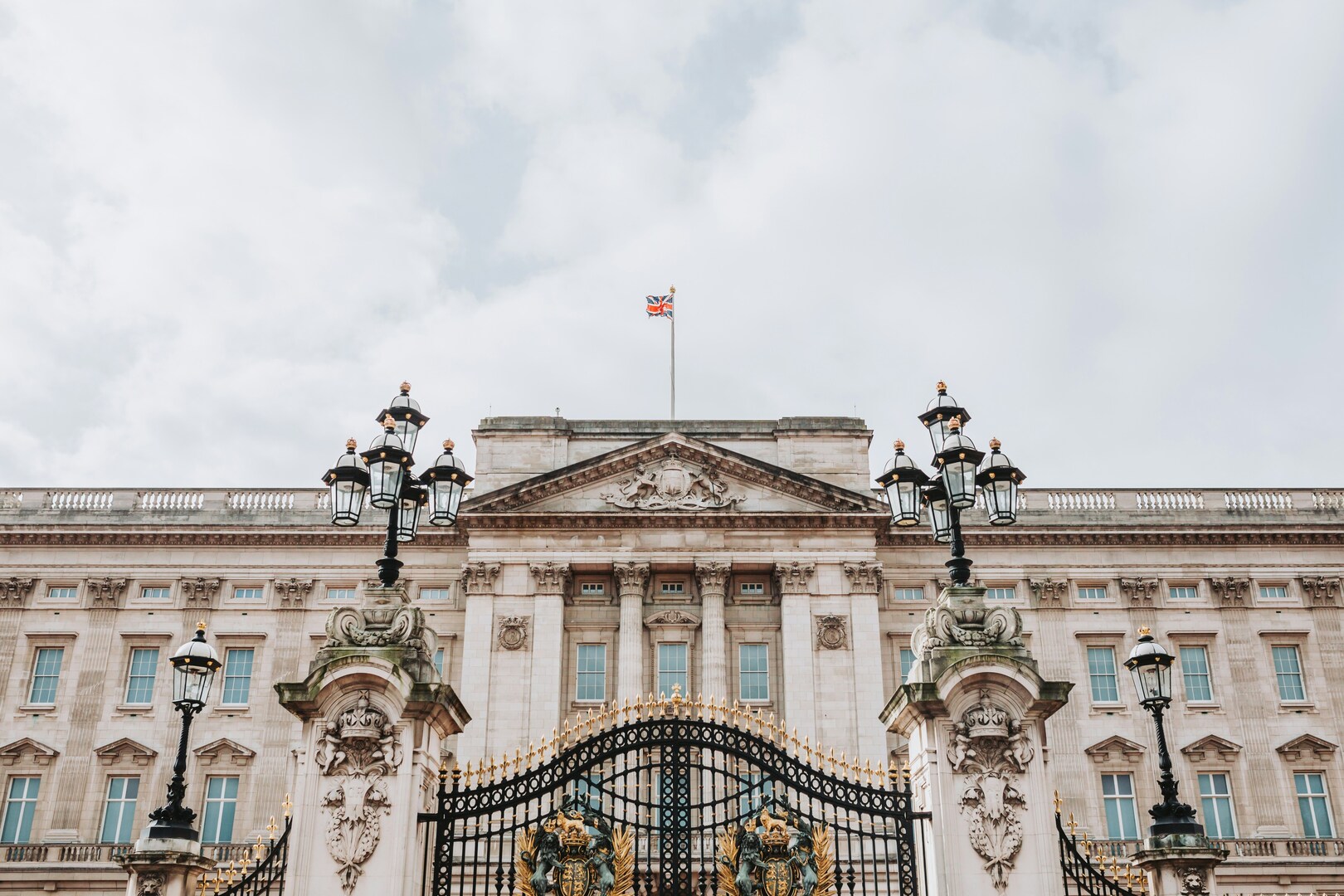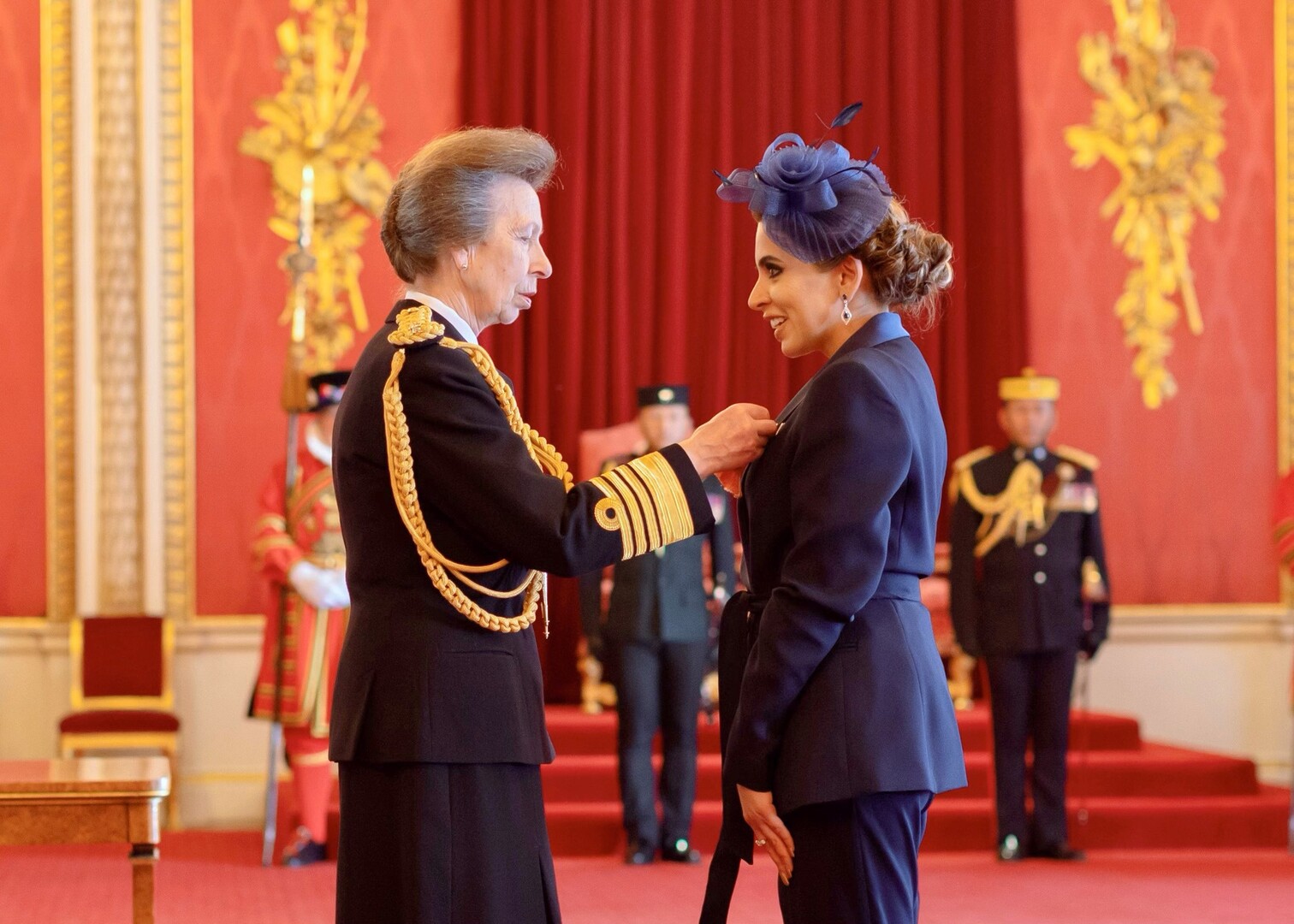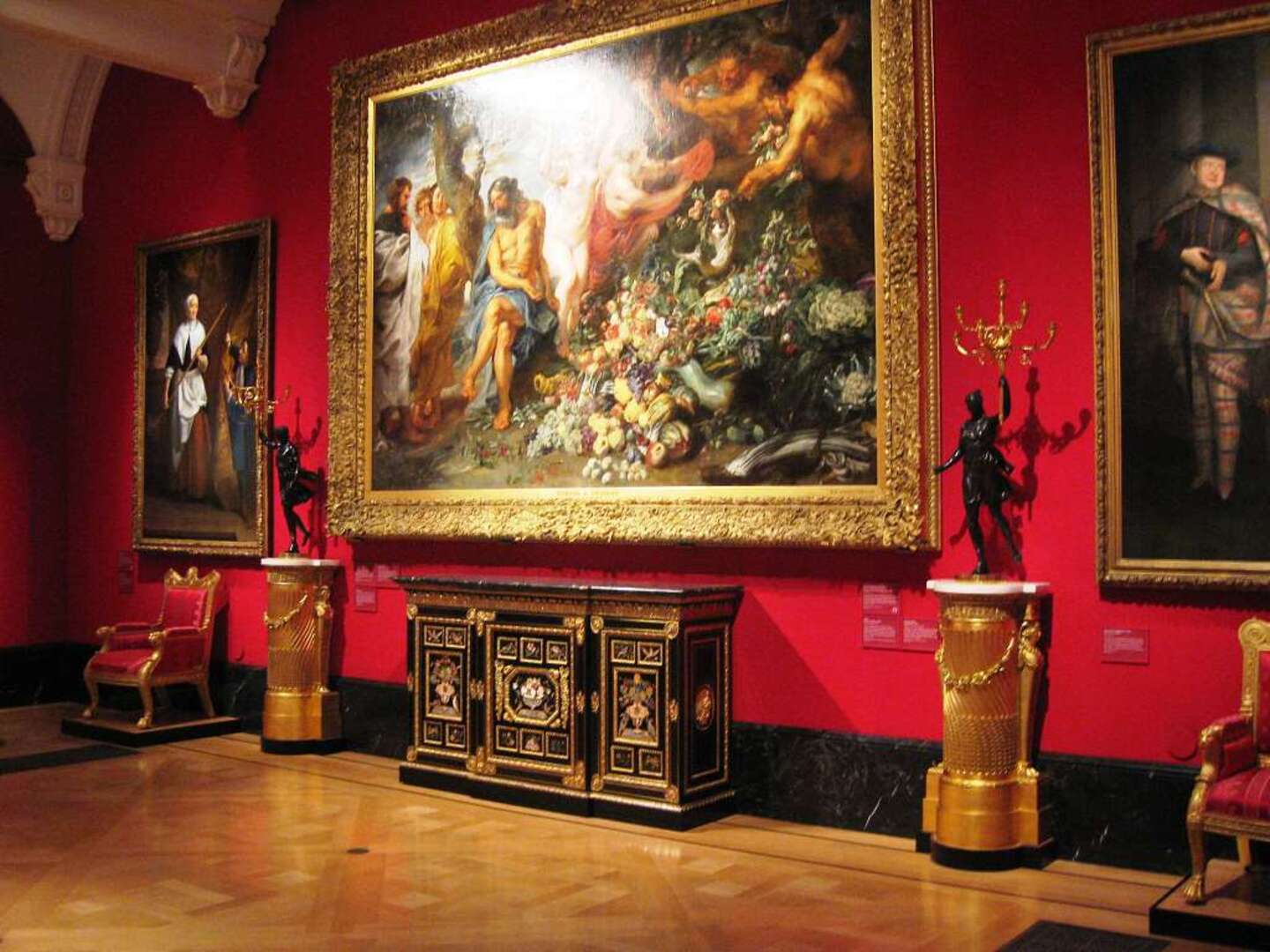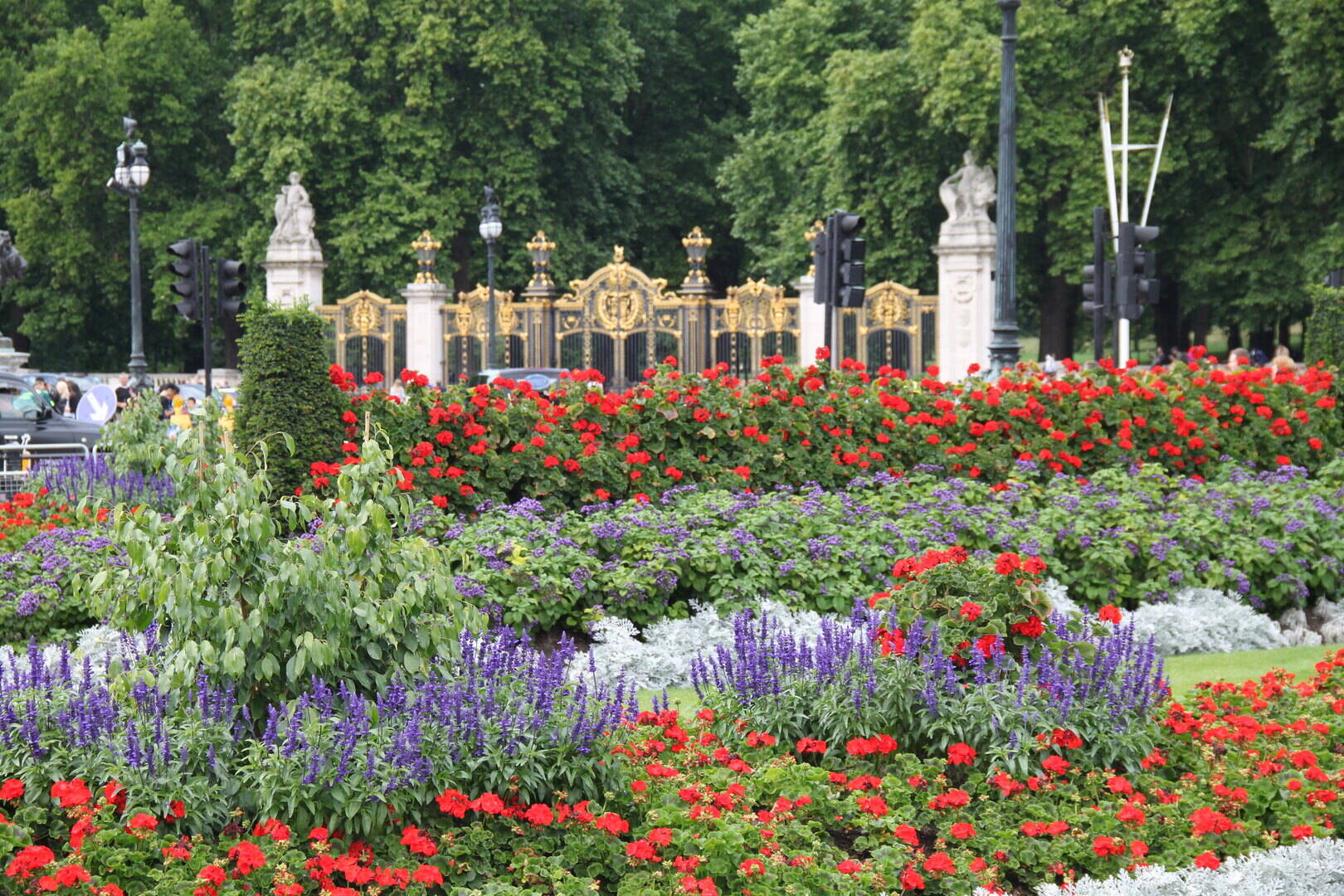Experience 300 years of royal history at Buckingham Palace


Palace interior tour combined with the iconic Changing of the Guard ceremony
Palace interior tour combined with a guided walking tour of royal London
Exclusive semi-private guided tour with palace entry and royal history expertise
Buckingham Palace has served as the official London residence of the UK's sovereigns since 1837 and today is the administrative headquarters of the Monarch. Originally known as Buckingham House, it was built for the Duke of Buckingham in 1703 and acquired by George III in 1761.
The palace was transformed by architects John Nash and Edward Blore in the 19th century, creating the magnificent building we see today. With 775 rooms, including 19 State Rooms, 52 Royal and guest bedrooms, and 78 bathrooms, it's one of the world's few working royal palaces.
Today, the palace serves as both the sovereign's residence and the setting for state functions and royal hospitality. It has been a focal point for the British people at times of national rejoicing and mourning.
Explore State Rooms
Experience over 300 years of royal history and see where the monarch conducts official business and state functions.
Admire priceless works of art including paintings by Rembrandt, Rubens, and Canaletto from the Royal Collection.
Discover the stunning State Rooms designed by John Nash with their magnificent decoration and furnishings.
See the Gold State Coach and magnificent royal carriages still used for state occasions and royal weddings.
The story of Buckingham Palace begins in 1703 when the Duke of Buckingham built the original Buckingham House. The site had been in private ownership for at least 150 years, with the marshy ground watered by the river Tyburn, which still flows below the palace today.
In 1761, King George III acquired the house as a private residence for Queen Charlotte, and it became known as "The Queen's House." Fourteen of their fifteen children were born there, establishing its role as a family residence.
The transformation into a palace began under George IV in the 1820s, with architect John Nash creating the magnificent State Rooms we see today. Queen Victoria was the first monarch to use Buckingham Palace as her official residence when she ascended to the throne in 1837.
The famous East Front, featuring the iconic balcony where the royal family appears during celebrations, was completed in 1913 as part of the final major structural additions to the palace.
Read more about palace history
The grandest of the State Rooms, featuring the Chairs of Estate used for the coronation of Queen Elizabeth II. The room is dominated by a magnificent arch and columns, and is used for formal photographs during state visits and other ceremonial occasions.
Explore Throne Room
The largest room in the palace, created in the 1850s and used for state banquets and investiture ceremonies. The room can accommodate 170 guests for dinner and features stunning chandeliers and portraits of monarchs.
Explore Ballroom
A spectacular 47-meter long gallery displaying some of the finest paintings from the Royal Collection, including masterpieces by Van Dyck, Rembrandt, Rubens, and Canaletto. The top-lit gallery was designed to showcase these priceless works.
Explore Picture Gallery
London's largest private garden, spanning 39 acres and home to over 350 different wildflowers, 200 trees, and a 3-acre lake. The garden hosts the famous Garden Parties and provides a green oasis in the heart of London.
Explore Palace Garden
Make the most of your visit to Buckingham Palace with these helpful tips:
Address: Buckingham Palace, London SW1A 1AA, United Kingdom
Coordinates: 51.501476, -0.140634
Located in the heart of London's Westminster, near St. James's Park and Green Park underground stations.
The State Rooms are typically open to the public during the summer months (usually late July to early October) when the Royal Family is not in residence. The Queen's Gallery and Royal Mews have their own opening schedules throughout the year.
State Rooms tickets start from £30 for adults. Combination tickets including the Royal Mews are £45. Children under 5 go free, and there are discounts for students, seniors, and families.
While the palace is the official residence, the Royal Family's presence varies. The Royal Standard flag flying indicates when the sovereign is in residence. Public engagements and ceremonies are occasionally visible from outside the palace.
Photography is not permitted inside the State Rooms to preserve the artworks and maintain the dignity of the spaces. However, photography is allowed in the palace garden areas.
Allow 2-3 hours for a full visit including the State Rooms and garden. The audio guide provides detailed information about each room and can extend your visit if you prefer a more in-depth experience.
There's no strict dress code for visitors, but smart casual attire is recommended out of respect for the venue. Comfortable walking shoes are advised as you'll be standing and walking for extended periods.
The palace provides wheelchair access to most areas, accessible toilets, and reserved parking. Audio guides with hearing loops are available, and large print guides can be provided upon request.
Small bags are permitted but will be subject to security screening. Large bags, suitcases, and umbrellas are not allowed. There are no storage facilities available at the palace.